Understanding the Crypto World
As of now, the global cryptocurrency market is valued at nearly 1 trillion USD. This thriving industry is home to many profitable decentralized apps (DApps), non-fungible tokens (NFTs), and play-to-earn games. It even fuels the vision of Web 3.0, a decentralized web where your data remains solely yours.
Cryptocurrency is like an entire financial universe. If you’re curious about diving into crypto, you might wonder what programming languages are behind this digital economy.
The Backbone of Cryptocurrency: Programming Languages
Blockchain developers use a variety of programming languages to build and maintain the crypto world. Let’s explore some of these languages to see how they contribute to the crypto space.
1. Solidity
Solidity, developed by an Ethereum project team, is the primary programming language for the Ethereum network and related blockchains. It’s often called the “curly brace language” due to its syntax, which uses curly braces to enclose code blocks. Solidity is statically typed and object-oriented, featuring high-level syntax.
Its learning curve is smooth, making it a popular entry point for blockchain developers. Solidity’s support for the Ethereum Virtual Machine (EVM) is a significant advantage. This makes it the go-to choice for developing and deploying smart contracts. You’ll find Solidity in many Ethereum-based DApps and blockchains like the Binance Smart Chain, Tron, Polkadot, and Avalanche.
2. Golang (Go)
Golang, also known as Go, was developed by Google. Its simplicity and high-level syntax make it ideal for building complex native apps. GoCoin, a Bitcoin-based payment gateway, is one prominent blockchain platform using Golang.
Golang’s support for parallelism, concurrency, and memory assignment makes it excellent for developing smart contracts, optimizing node performance, and securing offline crypto wallets.
Many crypto projects use Golang alone for background contracts, while others combine it with different languages for scalability. Golang powers Hyperledger Fabric, a top blockchain framework for distributed ledgers. Metacoin and the IBM blockchain are examples of projects using this framework. Go-Ethereum, or Geth, is a popular Go-based Ethereum client for writing data to blockchain nodes and interacting with Ethereum smart contracts.
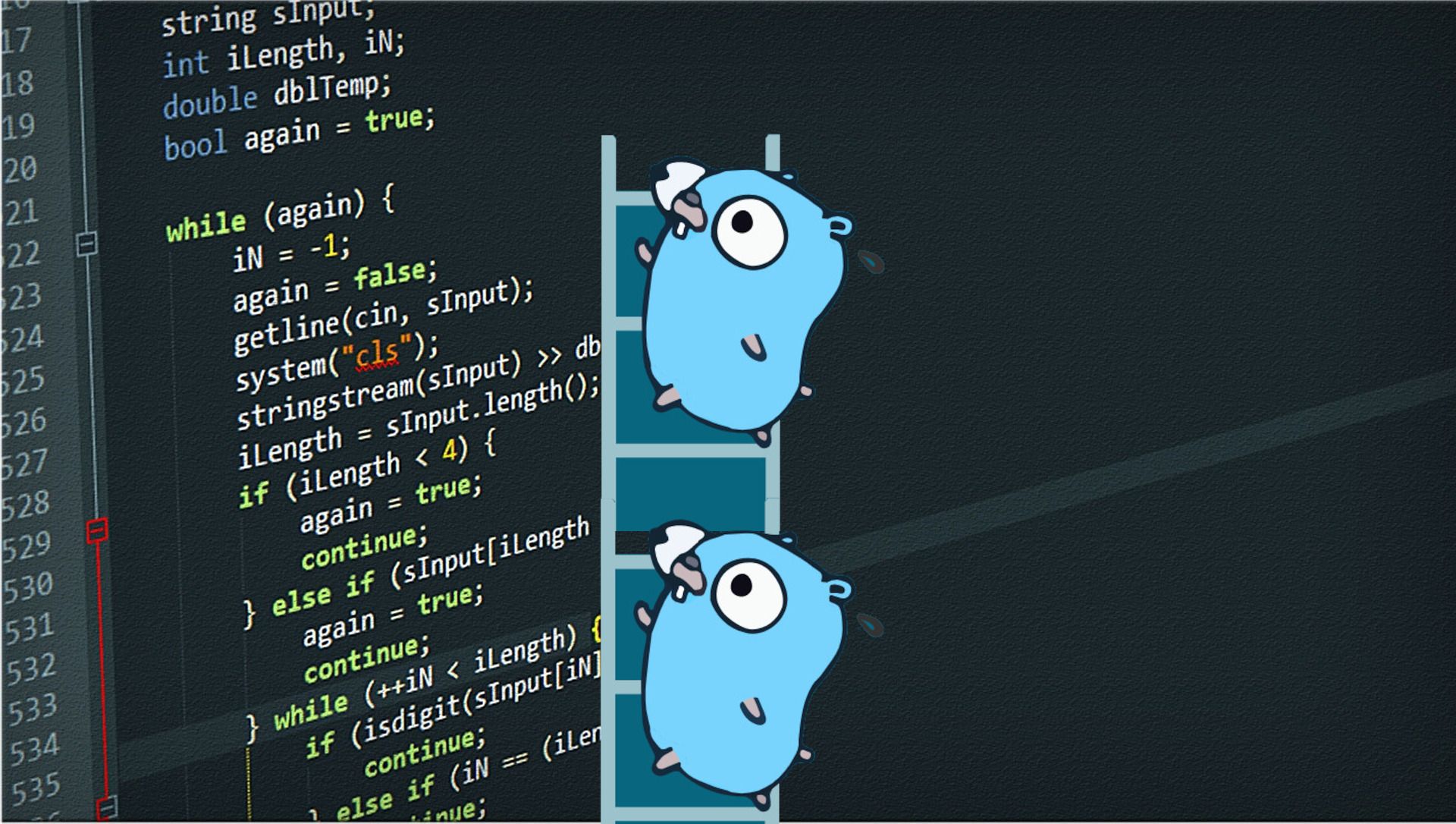
3. Rust
The 2022 Stack Overflow developer survey crowned Rust as the most-loved programming language. Rust powers many Solana-based projects and is part of the stacks used by crypto ecosystems like Polkadot, Near, and Elrond.
Rust’s appeal lies in its memory efficiency, type safety, speed, and seamless interoperability with languages like C and C++. Developers can quickly create on-chain programs with Rust, managing block space effectively. Rust is appreciated for allowing more creativity than some other languages, avoiding the “copypasta” tendency of reusing smart contract code without innovation.
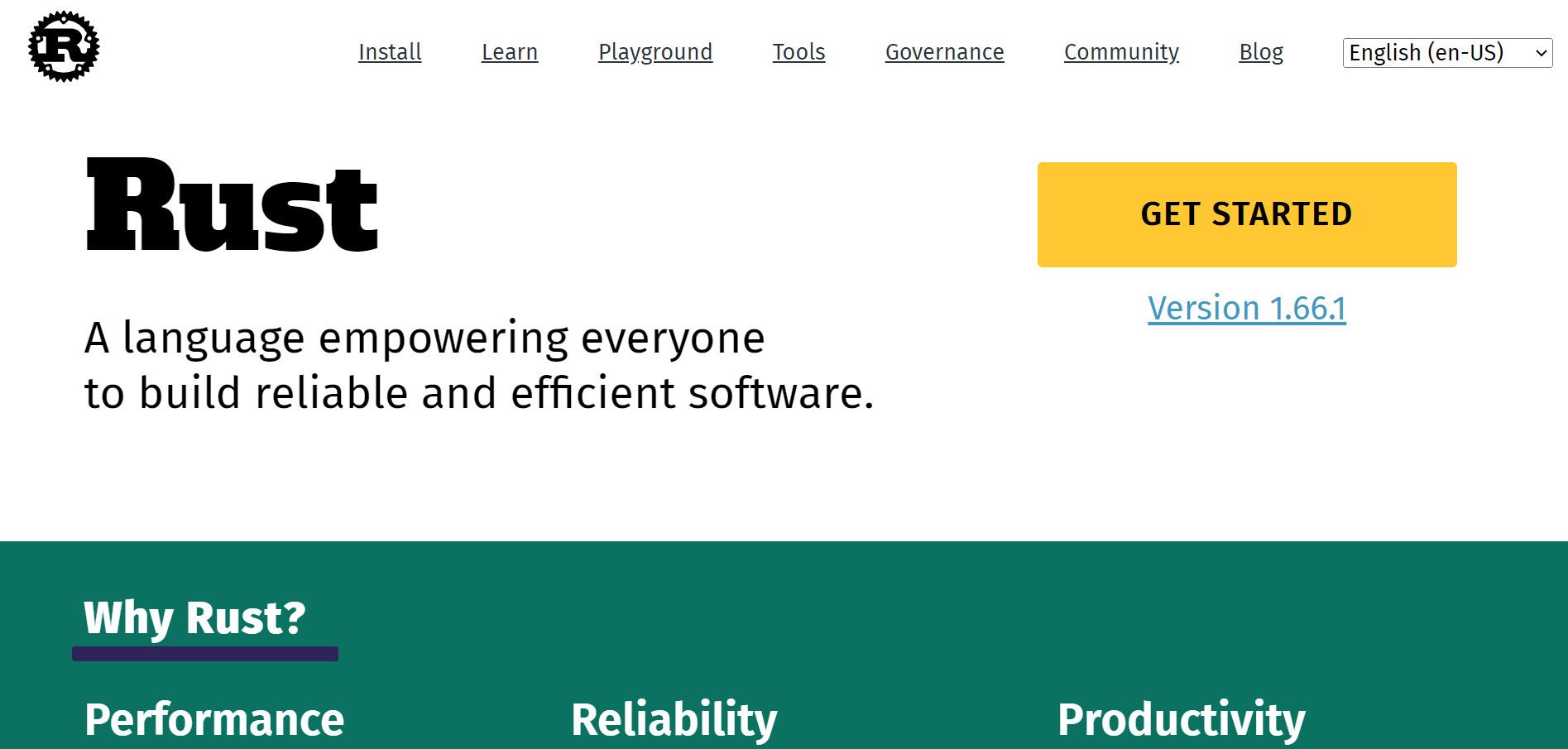
4. C++
C++’s ability to handle embedded systems and high-performance computing, along with its support for object-oriented programming and multithreading, makes it a favorite among top blockchains. Bitcoin, Ripple, and Litecoin are just a few ecosystems benefiting from C++.
Many other programming languages derive features from C++. For example, Solc, the Solidity compiler, was written in C++. While developers often use simpler languages like Rust and Solidity for DApps, C++ is perfect for building from scratch.
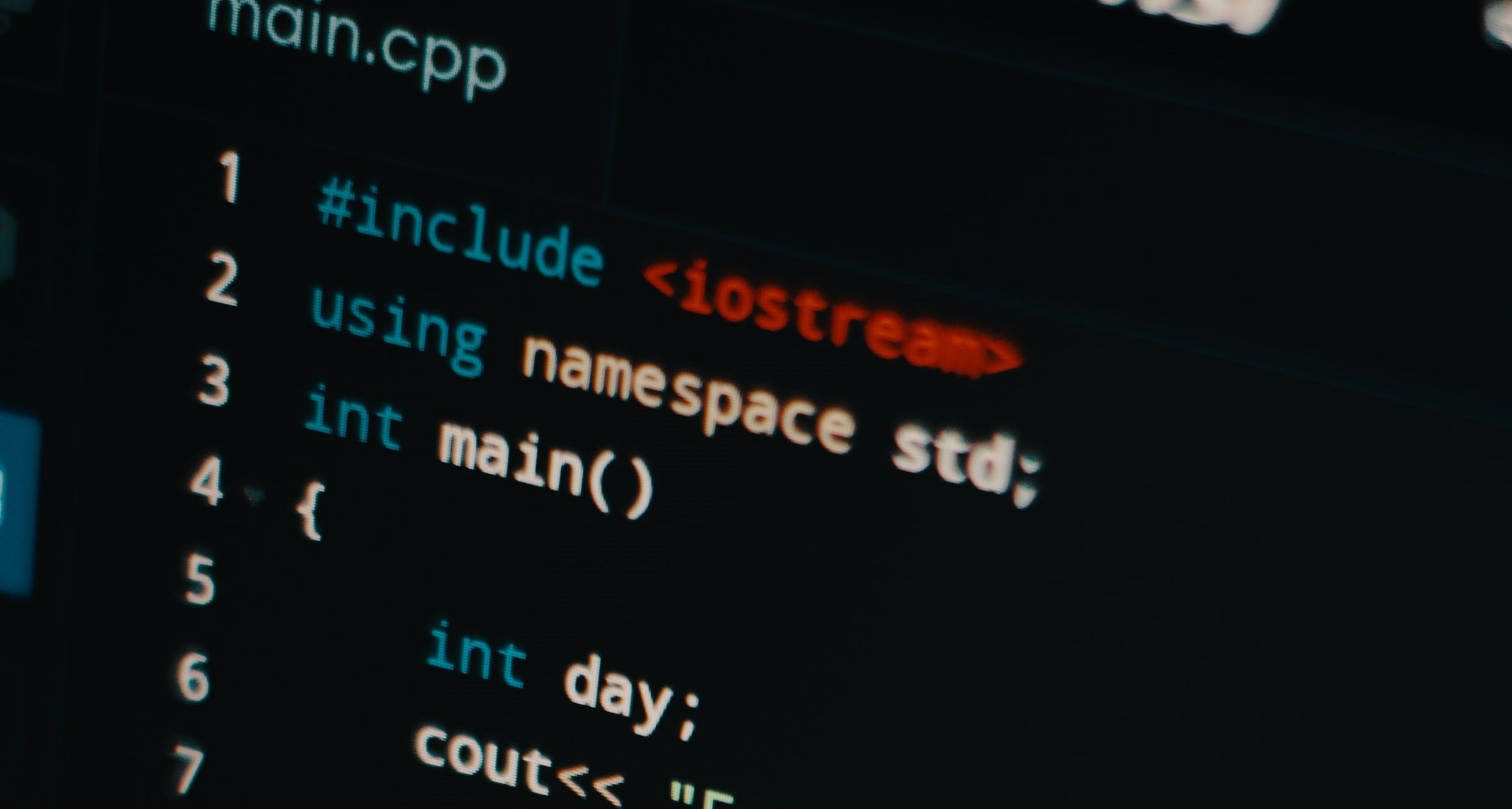
5. Ruby
Ruby is known for its dynamic implementation of complex programming concepts. In crypto development, it’s valued for its security and ability to integrate with existing blockchain protocols, including Ethereum smart contracts.
Ruby allows developers to modify its parts easily, and its syntax can be abstracted for better readability. Every aspect of Ruby is an object, supporting a multi-paradigm approach that promotes solution-driven development. Ruby on Rails, a popular full-stack framework, powers Coinbase, a leading crypto exchange.
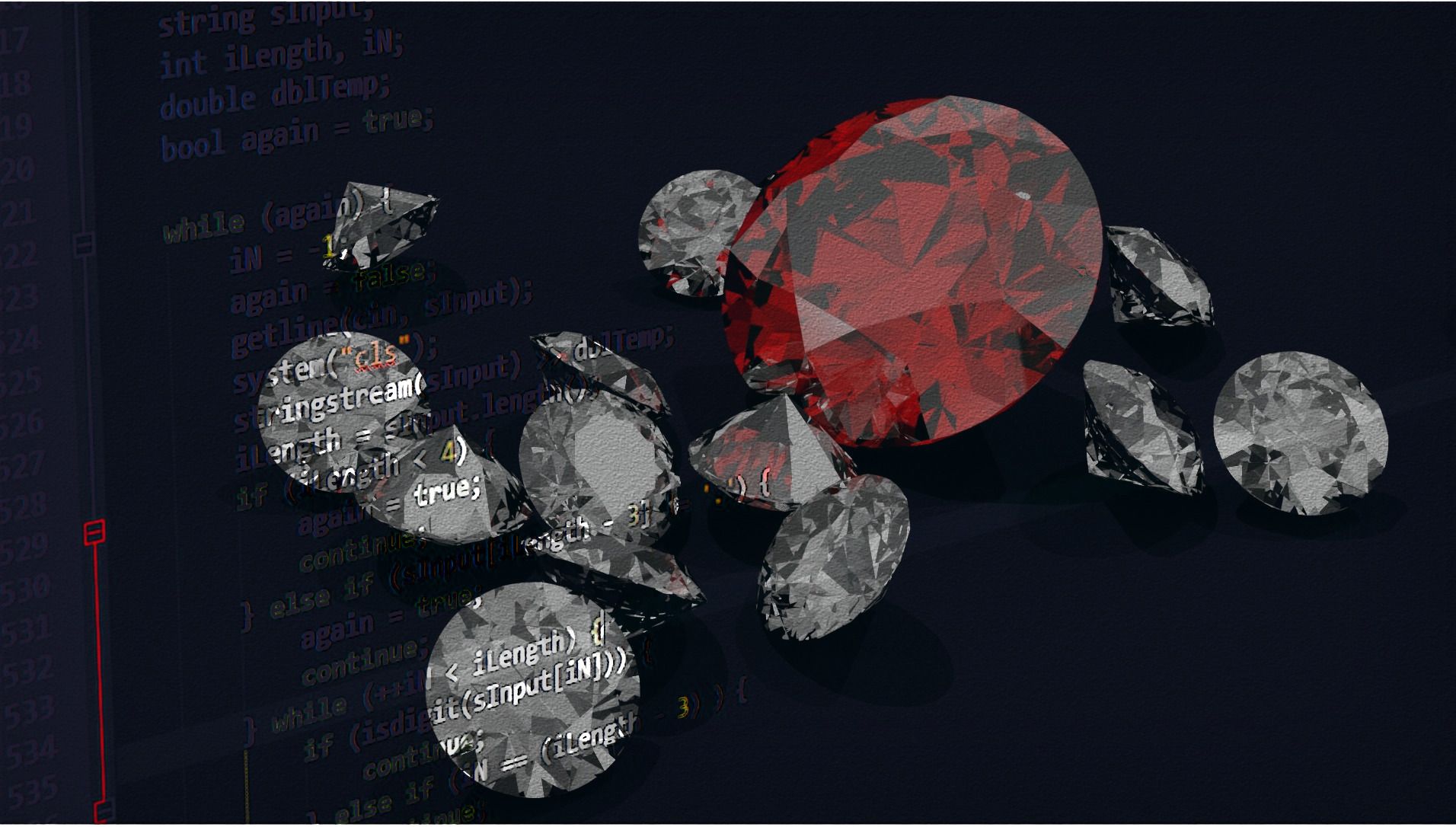
6. Erlang
Erlang adds its programming strength to the crypto economy. Beam, Erlang’s virtual machine, offers an alternative to the Ethereum virtual machine for blockchain developers.
Erlang’s concurrency, simple syntax, support for lightweight processes, and stability make it useful for powering complex systems, including DApps. It secures blockchain nodes in DeFi and DApps, similar to its use in encrypted chat apps like WhatsApp and WeChat.
Erlang and its derivative, Elixir, are used in popular blockchain solutions. ArcBlock, a decentralized development platform, uses Erlang as its core language. Aeternity combines Elixir and Beam for its blockchain protocol.
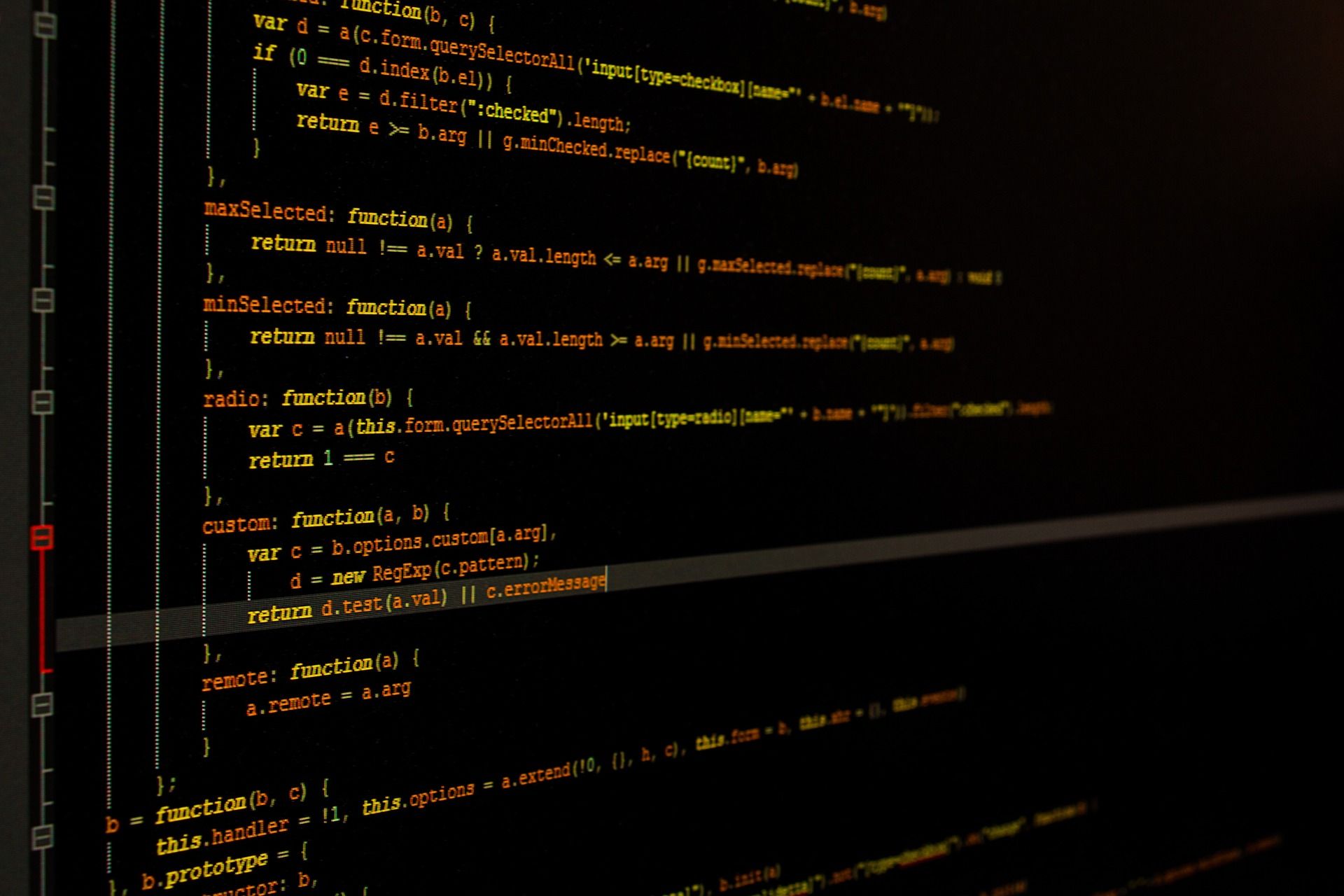
7. Python
Python’s human-friendly syntax makes it suitable for writing blockchain programs. It’s object-oriented, general-purpose, modular, and easy to learn, allowing junior developers to work with existing codebases.
Python excels in smart contract development and DApp integration. It includes libraries with cryptographic algorithms like Hashlib, PyNaCl, and cryptography.
Hyperledger Fabric, Neo, and Steem have incorporated Python for building DApps and Blockchain-as-a-Service. The web3.py library helps developers connect DApps with Ethereum-based contracts.
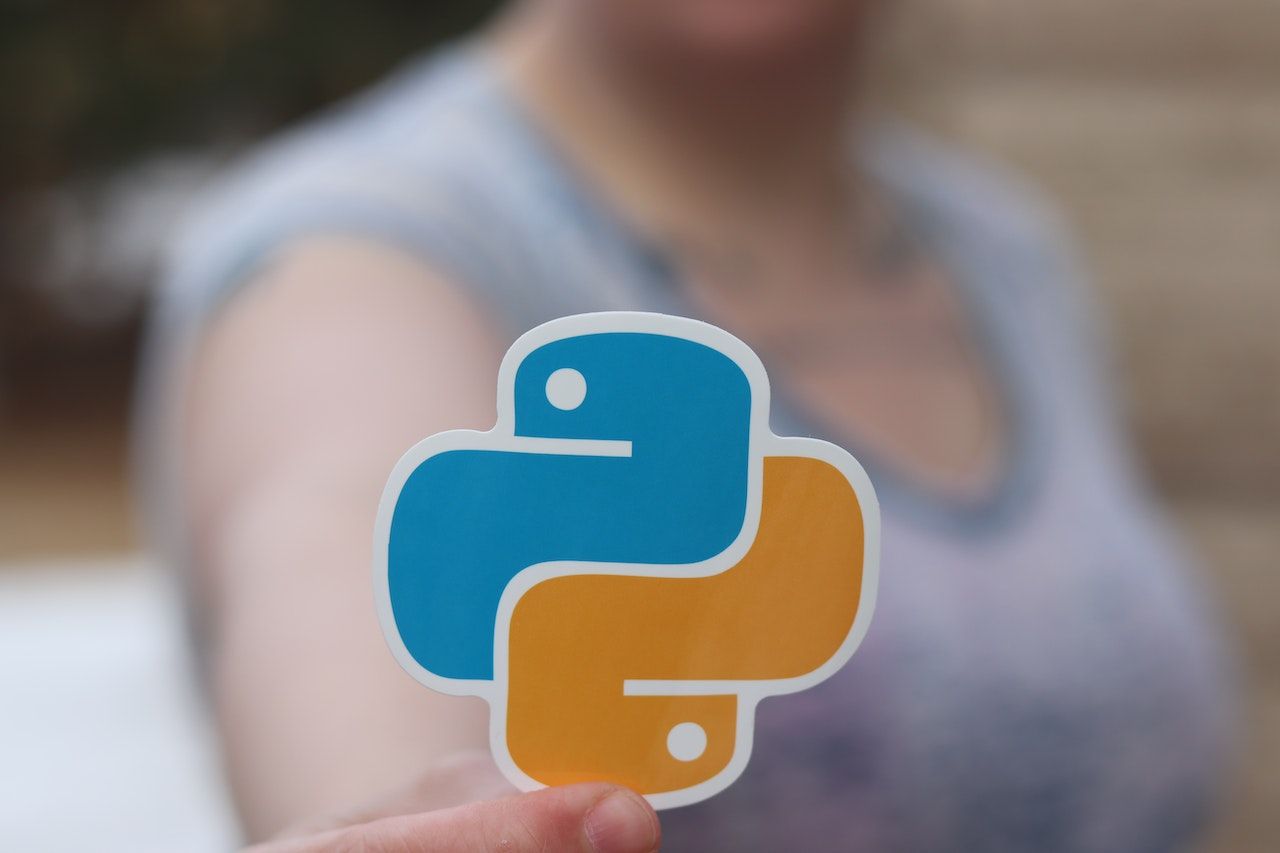
8. Vyper
Vyper is a Pythonic, contract-oriented language for developing Ethereum smart contracts. It compiles smoothly into the Ethereum virtual machine, like Solidity. Vyper’s syntax is similar to Python, making it easy for Python developers to learn.
Vyper offers features that enhance security, such as flexibility in computing gas consumption and support for infinite loops. These attributes contribute to more secure contracts compared to Solidity.
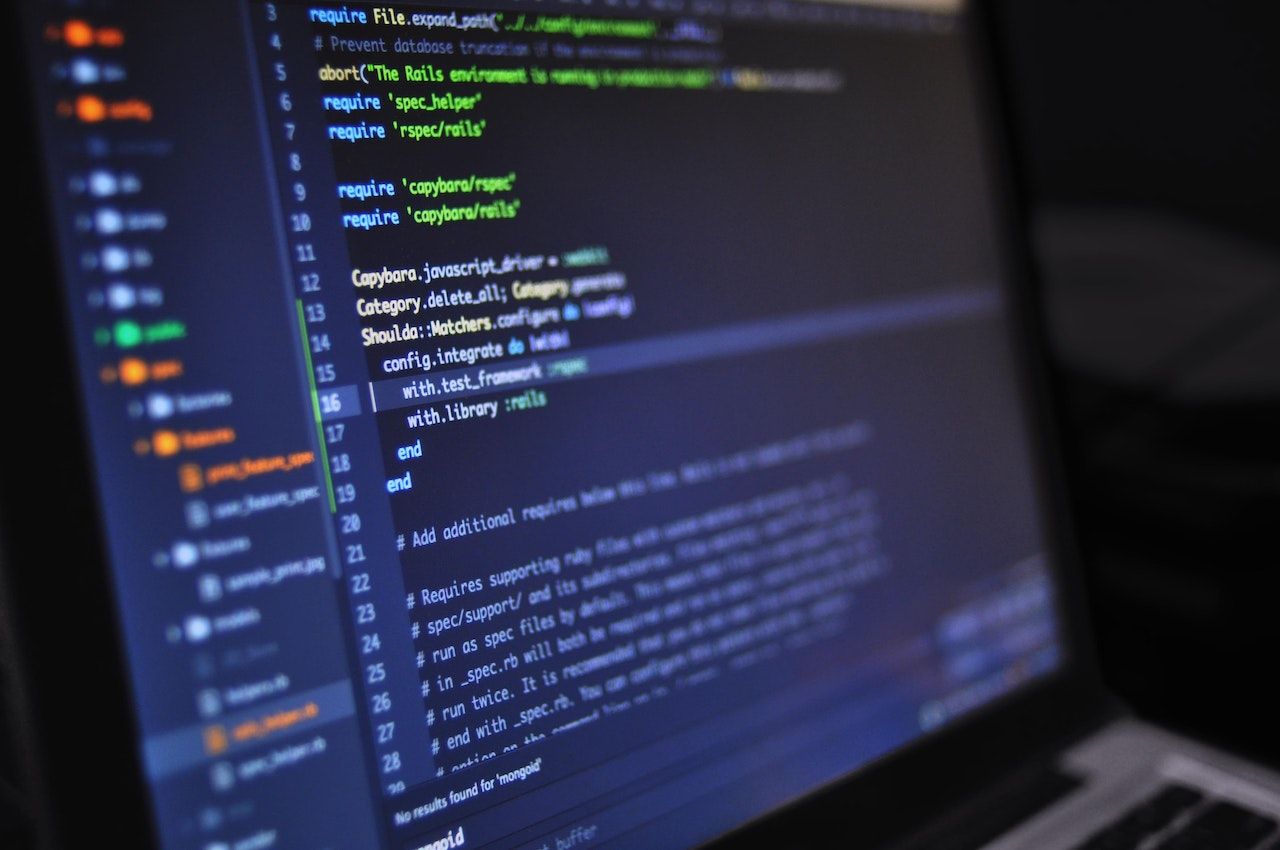
Programming Logic Powers the Blockchain
Just like the conventional web, decentralized apps, organizations, and finances hold the crypto space together. These technologies don’t evolve on their own; developers work behind the scenes, using these languages to shape and refine the crypto world.
If you’re interested, it’s never too late to become a blockchain developer. Curious about the benefits? Discover what becoming a blockchain developer can offer you!
Image Credit: www.makeuseof.com
